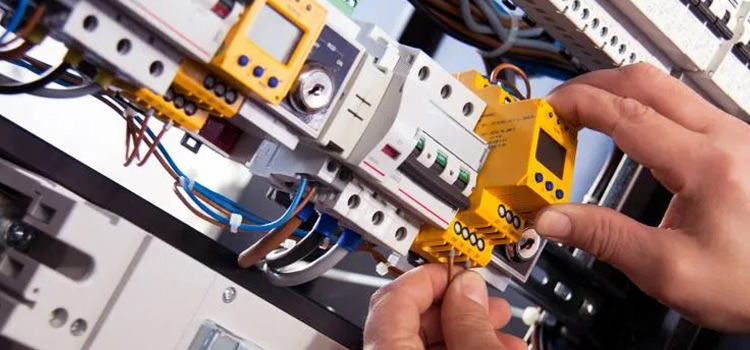Why Would a Neutral Wire Be Hot? | Explained
A concern with a hot neutral is that it can shock you when you least expect it. A hot neutral wire is caused by a faulty wire, incorrect readings, an open neutral, and low resistance. Also, bad connectivity, high voltage, and…








